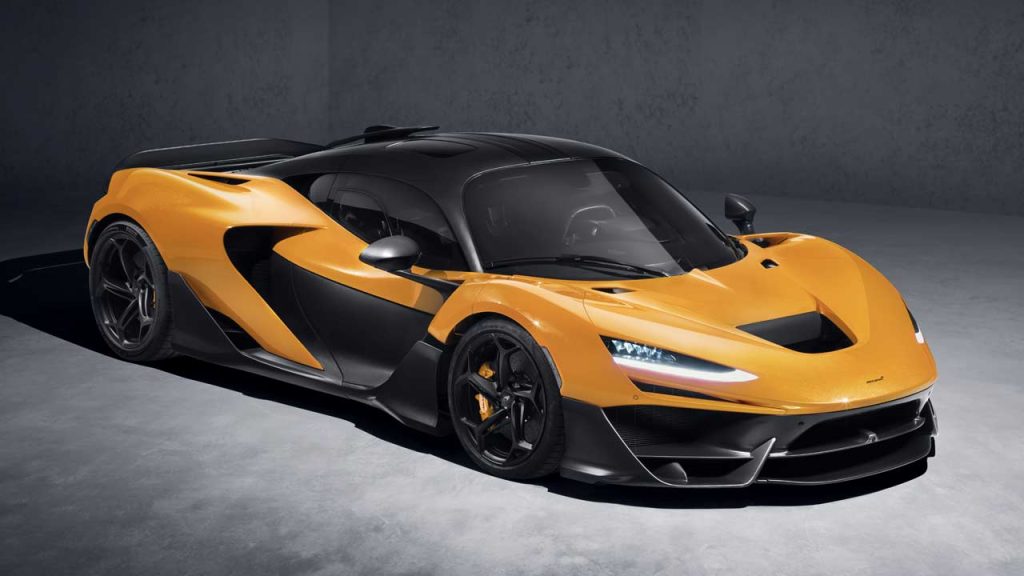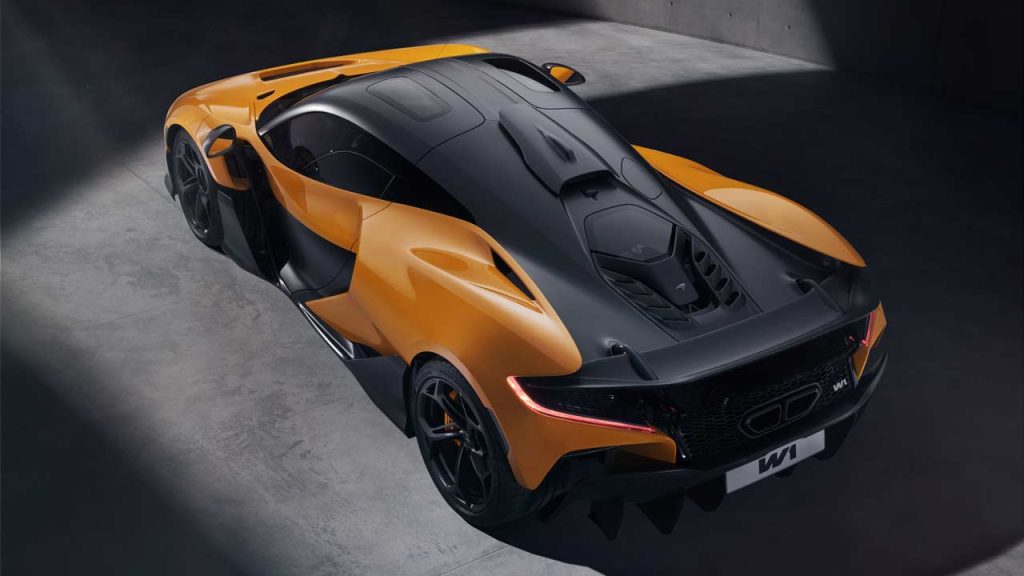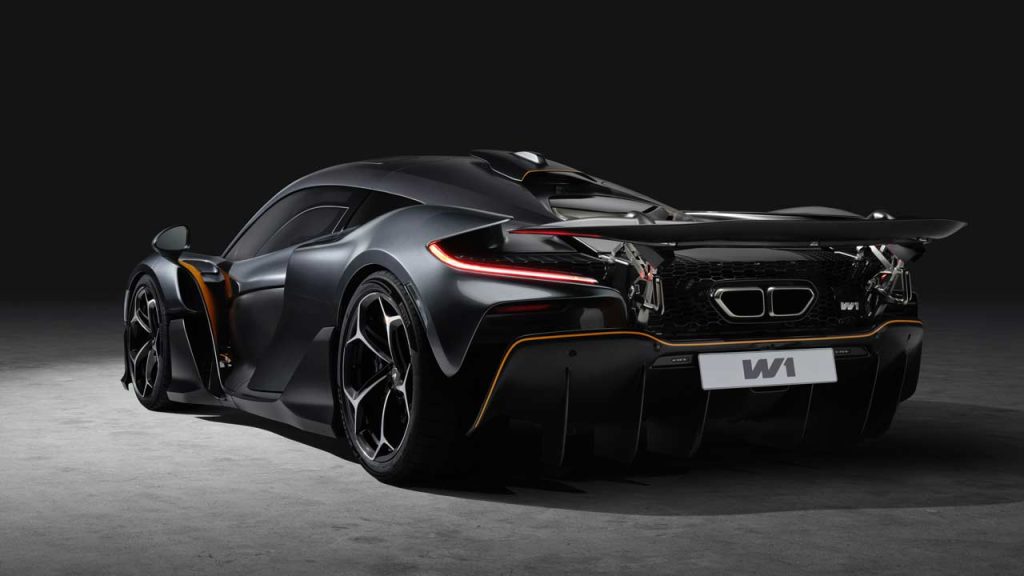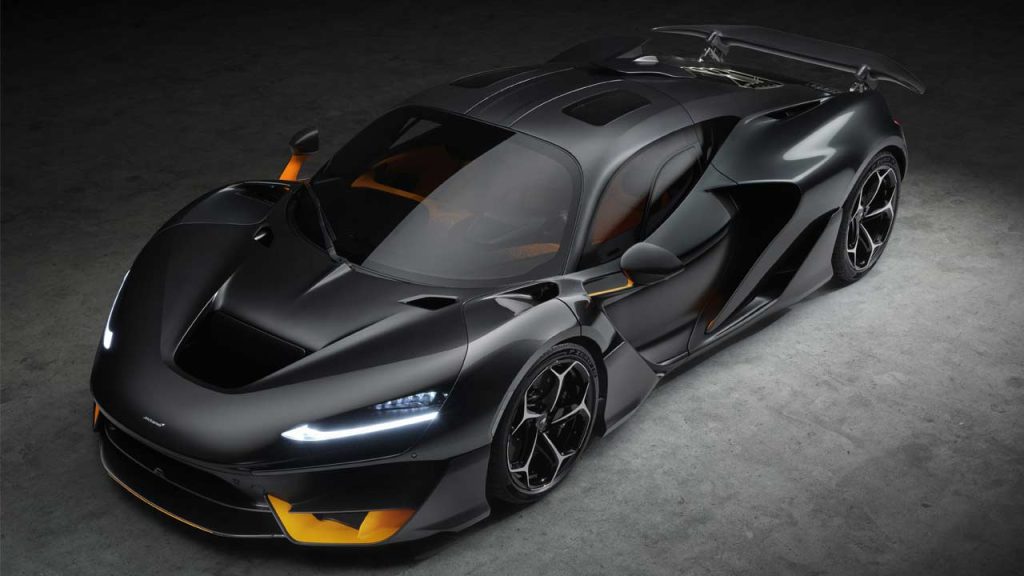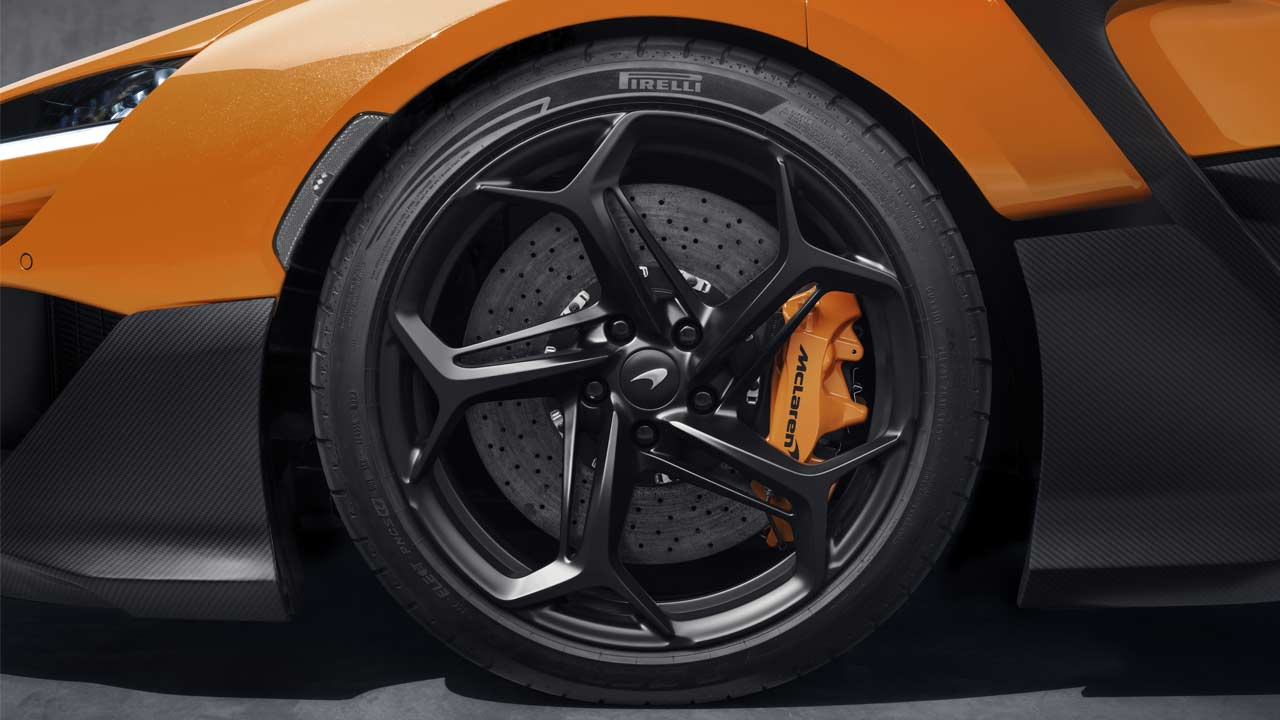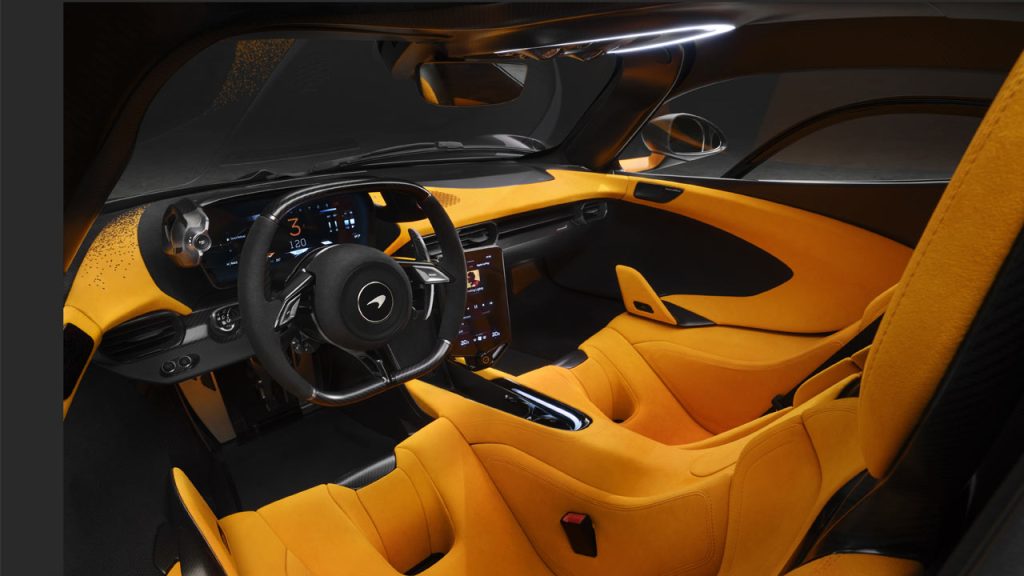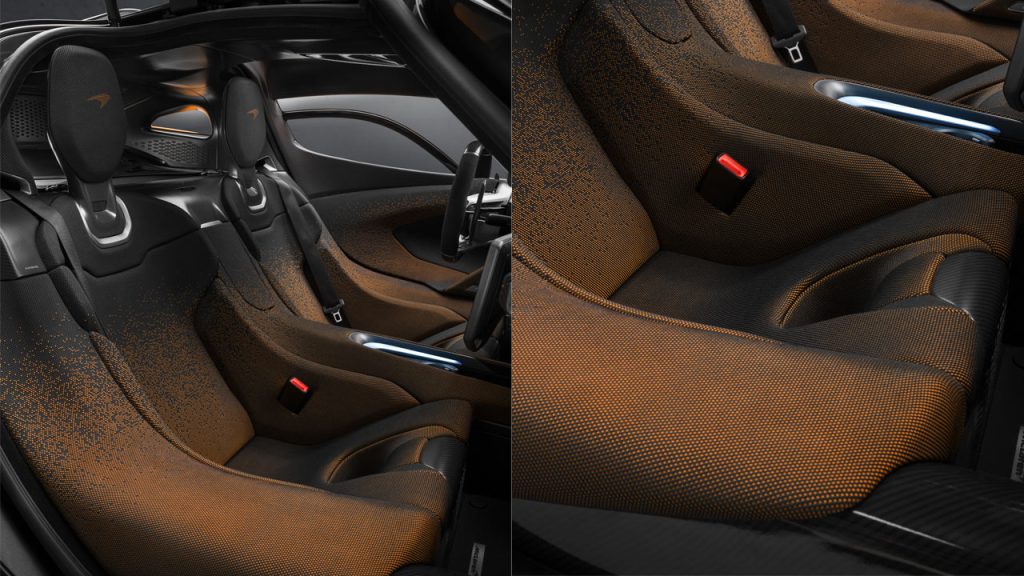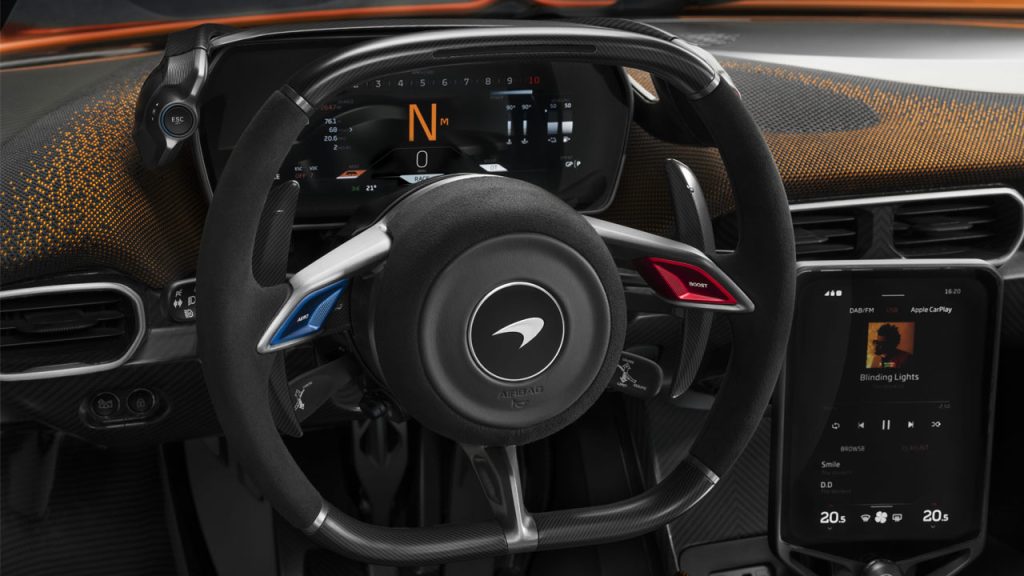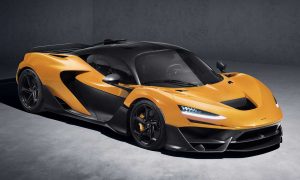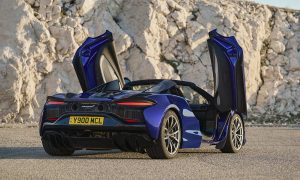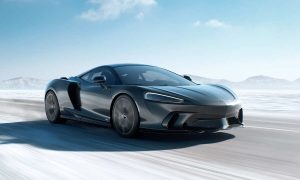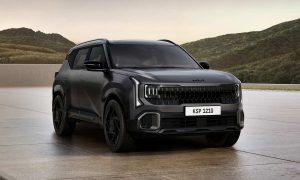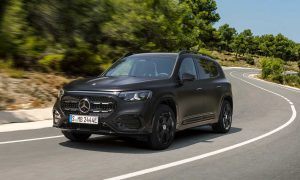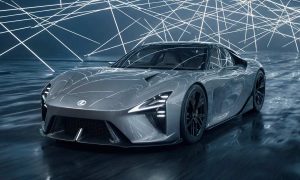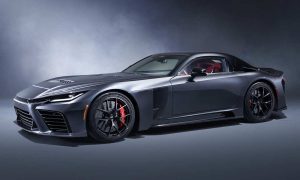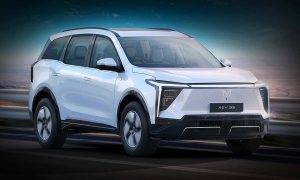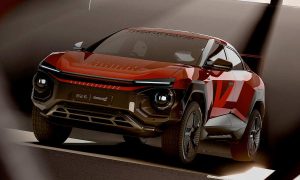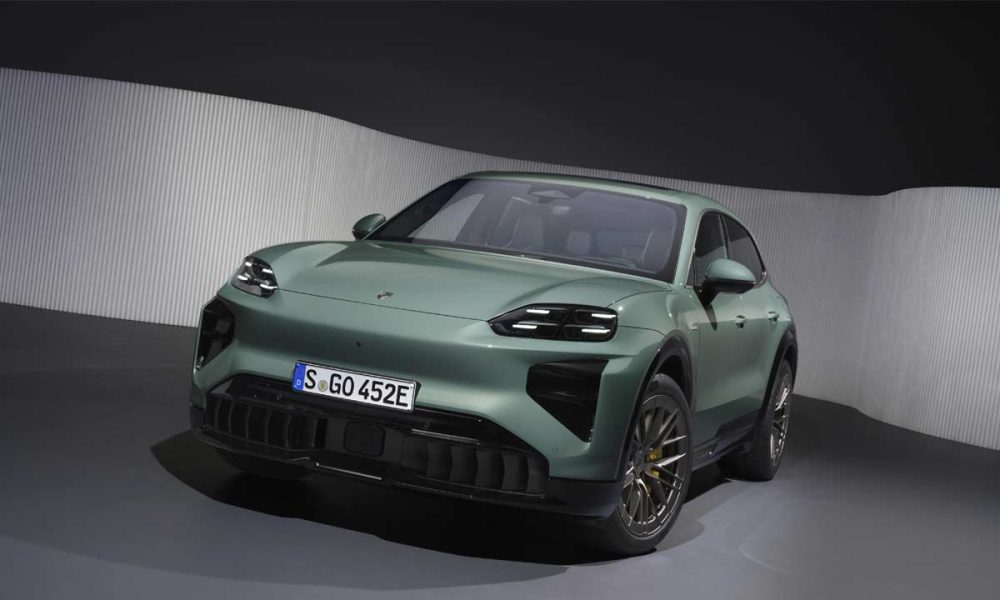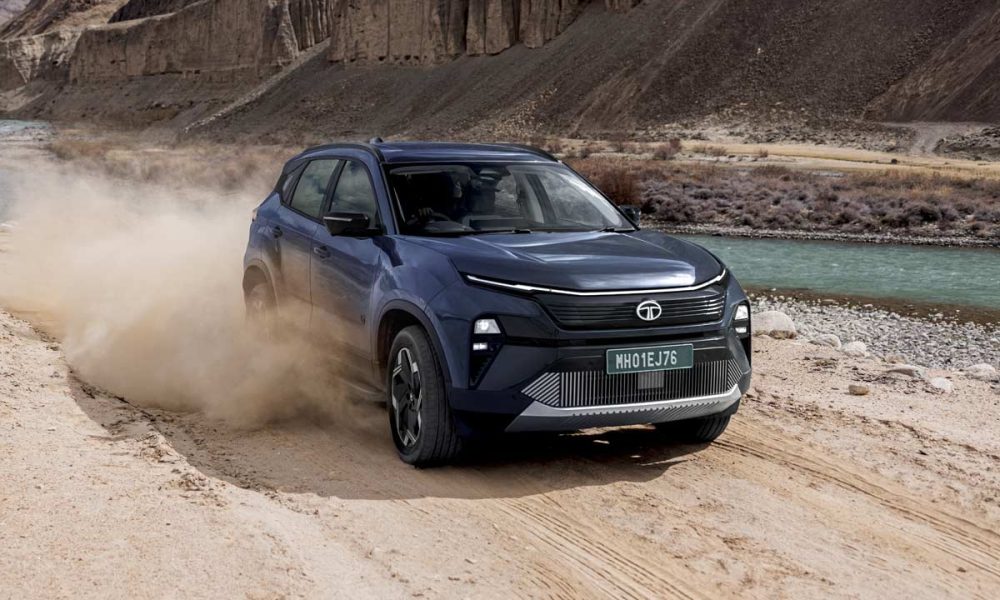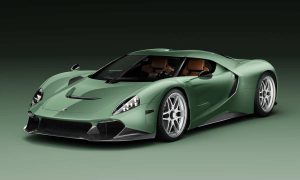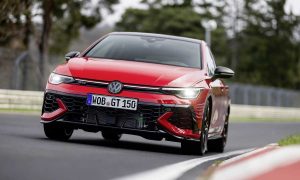Nearly nine years later, the McLaren P1 has a successor, the W1. Nope, the ‘W’ has nothing to do with what’s under the skin, just like the ‘P’ didn’t have anything to do with the powertrain. Will talk about its powertrain in just a li’l bit, but before that, I think you might be interested to know that McLaren is producing only 399 of these, with each unit carrying a base price of £2.0 million (including taxes). Of course, all of these are already allocated to McLaren VIPs, so I guess you can keep that chequebook back in your closet.
The W1’s design has generated mixed opinions on the internet, but I guess it doesn’t really matter coz 399 people have already given their approval. It is not being built for those internet warriors. But anyway, its front-three-quarter angles remind us of the Lykan, while the rest of the car looks fairly unique and McLaren. In Race mode, the rear wing (dubbed as the Active Long Tail wing) extends outwards, and the vehicle is lowered by 37 mm at the front and 17 mm at the rear. There’s also an active front wing actuated by two e-motors.
#McLaren #McLarenW1 active aerodynamics pic.twitter.com/TUoMrkNaKe
— Sagar (@autodevot) October 13, 2024
McLaren claims that in Race mode, the W1 is capable of generating downforce of up to 350 kg (772 lbs) at the front and 650 kg (1,433 lbs) at the rear, giving a total of up to 1,000 kg (2,204 lbs) in high-speed corners. Thanks to the extensive usage of carbon fibre, including the so-called ‘Aerocell’ carbon fibre monocoque, the W1’s dry weight is claimed to be 1,399 kg (3,084 lbs), despite the car being a full hybrid.
#McLaren #McLarenW1 Aerocell carbon fibre monocoque pic.twitter.com/EMvehJ0mCN
— Sagar (@autodevot) October 13, 2024
The car rides on a staggered wheel setup of 19-inch at the front and 20-inch at the rear; the rims are wrapped with bespoke Pirelli P ZERO Trofeo RS tyres as standard. Pirelli P ZERO R and Pirelli P ZERO Winter 2 tyres – again both bespoke to W1 – are also available. The wheels hide the McLaren Carbon Ceramic Racing+ brake system as standard, with discs measuring 390 mm at all four corners.
#McLaren #McLarenW1 underbody air flow pic.twitter.com/leDEW8bwAd
— Sagar (@autodevot) October 13, 2024
Let’s get the numbers out of the way then, shall we? The McLaren W1 is a hybrid sports car/supercar/hypercar (this is all confusing, so pick what you want). The combustion engine is a 4.0L V8 biturbo (MHP-8) unit. It is hooked-up with an 8-speed DCT and an E-module (a radial flux e-motor and a Motor Control Unit) mounted on the side of it. Apparently, the module weighs just 20 kg (44 lbs).
#McLaren #McLarenW1 powertrain pic.twitter.com/TcUT5rZfLI
— Sagar (@autodevot) October 13, 2024
The E-module draws juice from a 1.384 kWh battery pack enclosed within a fireproof cover. It is housed within a cavity built into the carbon fibre monocoque. There are no further e-motors; I mean, there’s no alternator/starter motor either, which contributes to the car’s relatively lighter weight. The E-module takes care of reversing the vehicle, which means there’s no need for a mechanical reverse gear. The front and rear axles don’t have an e-motor, and the output figures are sent to the rear wheels via an E-differential.
Speaking of output figures, the ICE offers 683 kW (928 metric hp) and 900 Nm (664 lb-ft) while the e-motor offers 255 kW (347 metric hp) and 440 Nm (324 lb-ft). The system figures are gonna be 938 kW (1,275 metric hp) and 1,340 Nm (988 lb-ft). The official 0-100 km/h (62 mph) sprint time is 2.7 seconds, while the top speed is limited to 350 km/h (217 mph). With that tiny battery pack, you can go only up to 2 km (1.2 mi) with electric power alone.
There’s lots of drama on the inside, as you can imagine (check out more photos here). The seats are fixed and the footwells are raised, which means the adjustability is limited. In fact, the seats are integrated into the Aerocell monocoque to save 70 mm wheelbase and to facilitate full ground effect aerodynamics. But thankfully, the pedal box and the steering wheel are adjustable.

Leave a Reply
Note: Comments that are unrelated to the post above get automatically filtered into the trash bin.

